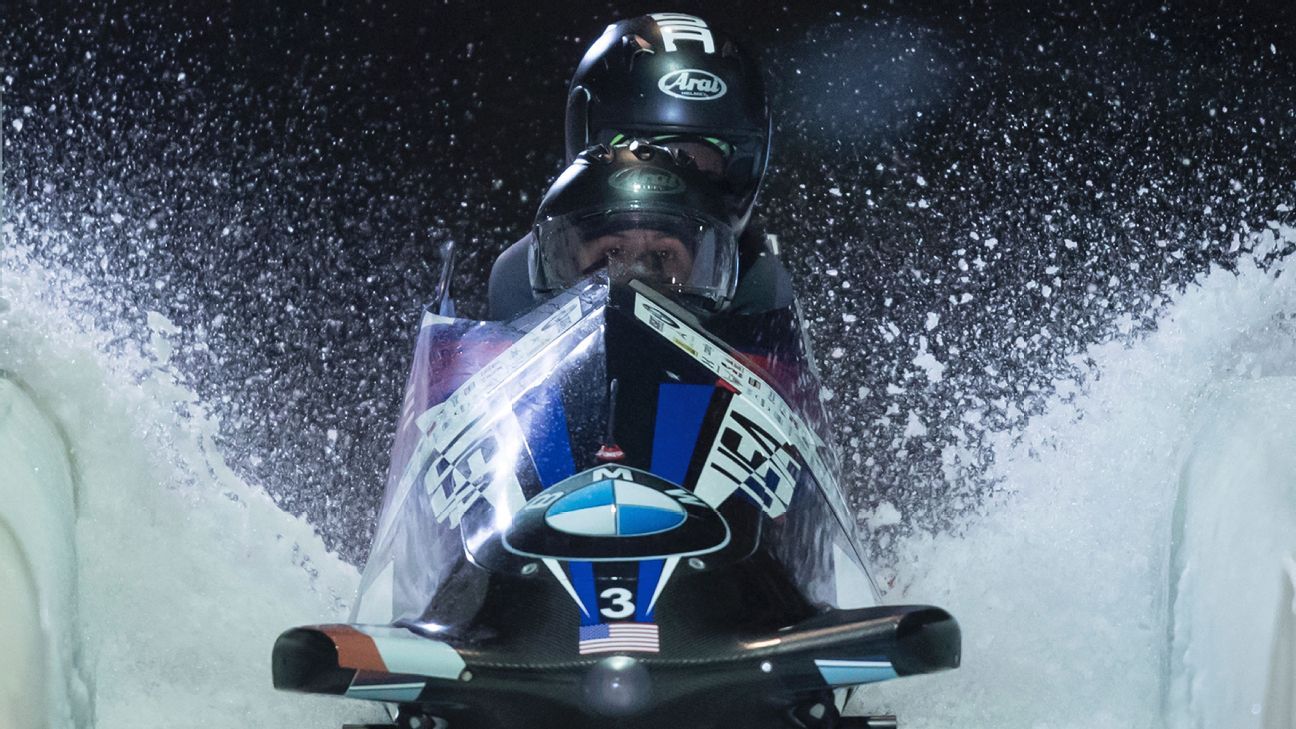
Bobsled and skeleton World Cup races will return to North America this fall for the first time since before the pandemic, finally giving U.S. and Canadian athletes a chance to compete on home ice again.
The International Bobsled and Skeleton Federation has decided to start the 2022-23 season with three stops in the U.S. and Canada before the Christmas break. The tour will open on the 2010 Olympic track in Whistler, Canada, from Nov. 22-27, then move to the 2002 Olympic track in Park City, Utah, from Nov. 29 to Dec. 4, and from there it will go to Lake Placid, New York.
The first event in Lake Placid is the world push championships at the newly remodeled indoor facility at the Mount Van Hoevenberg complex on Dec. 7-8, followed by a regular World Cup the following week.
“After two seasons of not hosting IBSF World Cup competitions due to COVID-19, we are excited to be back in North America to start the upcoming season with events in both Park City and Lake Placid,” USA Bobsled and Skeleton CEO Aron McGuire said. “Building on the success from the 2022 Olympic Winter Games, USA athletes are looking forward to racing on home tracks and in front of a home crowd.”
The most recent World Cup sliding event in North America was in 2019. All three North American tracks lost events — including world championship races in Whistler and Lake Placid — because of the pandemic, with international officials relocating those events to Europe and Asia.
American and Canadian sliders have spoken out in recent months about a wish for more races on home ice, and having essentially the first half of the bobsled and skeleton World Cup seasons in North America should be a boost to both programs.
It also will save on travel — the U.S. and Canadian teams won’t have to head to Europe for races this season until around Jan. 1. In many years, the North American teams have been in Europe before Christmas, returned home for holiday breaks, then had to eventually head back to Europe for the remainder of the season.
The remainder of the international bobsled and skeleton schedule for this coming season: Winterberg, Germany, on Jan. 3-8; two separate events in Altenberg, Germany, on Jan. 10-15 and Jan. 17-22; world championships in St. Moritz, Switzerland, on Jan. 24 through Feb. 5; the resumption of World Cup in Innsbruck, Austria, on Feb. 7-12; and the finale in Sigulda, Latvia, on Feb. 14-19.
Luge’s World Cup schedule for the coming season has yet to be announced. Officials in Park City have expressed interest in playing host to a luge event this season as well.




